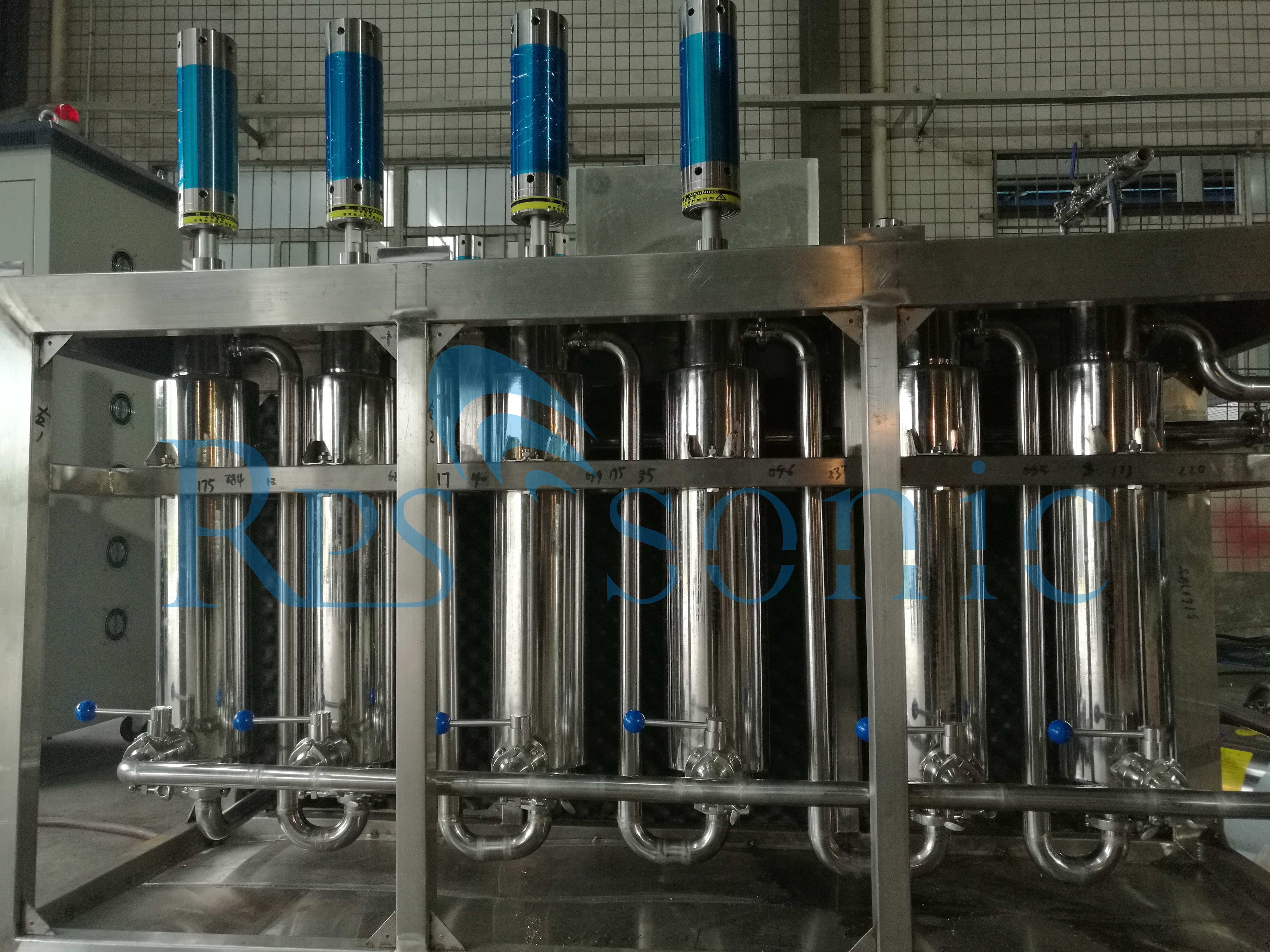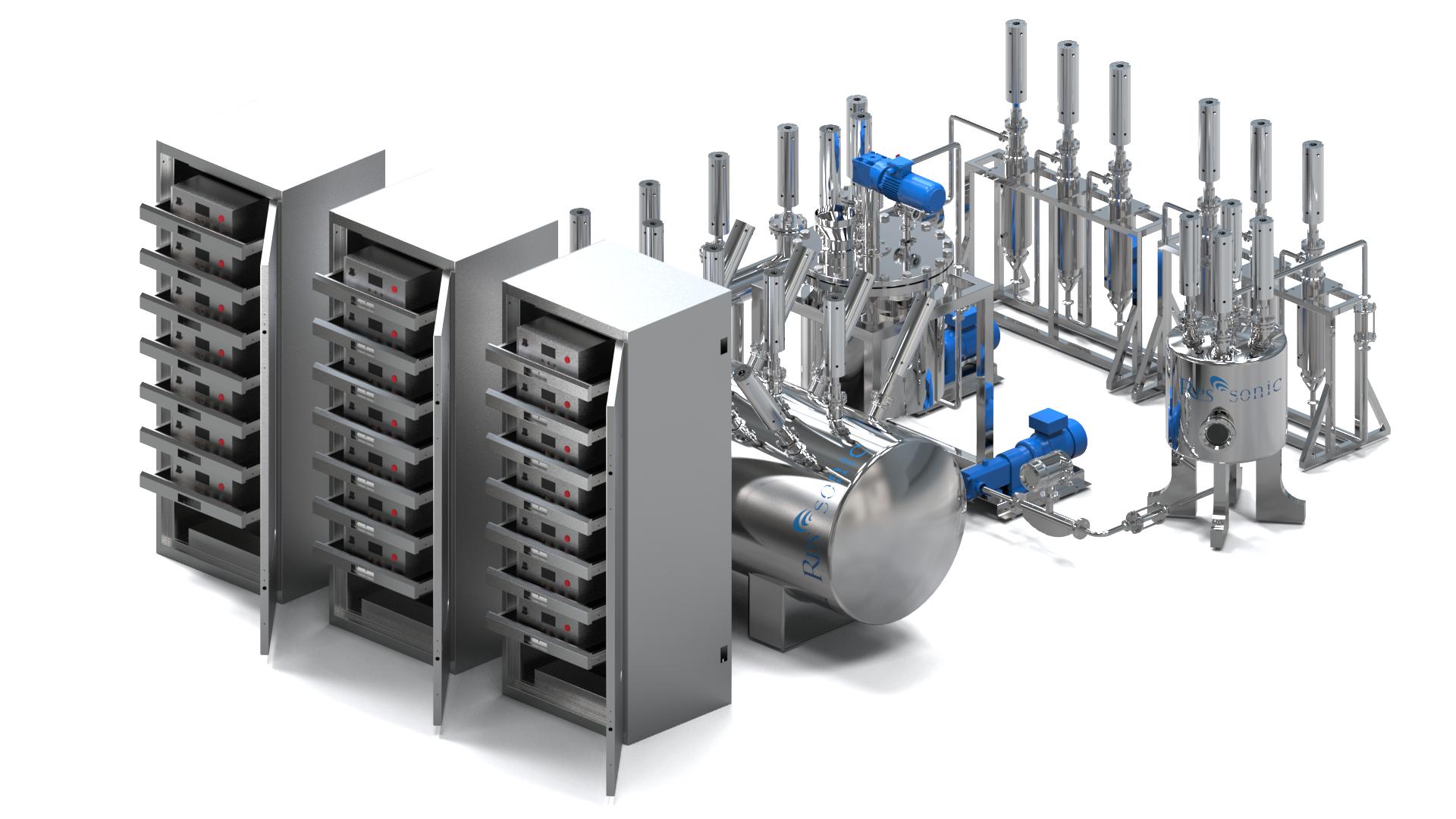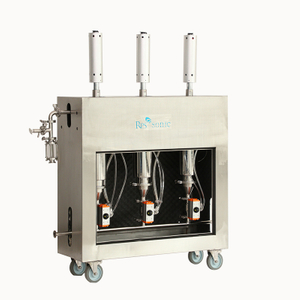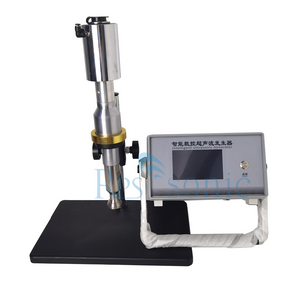With the acceleration of industrialization and the growth of population, sewage treatment has become a global environmental problem. Traditional sewage treatment methods have problems such as low efficiency, high energy consumption and high treatment cost. As an emerging sewage treatment method, ultrasonic oxidation sewage treatment technology has the advantages of high efficiency, low energy consumption and environmental protection, and has received widespread attention and research.
Principle:
Based on the concept of improving the utilization rate of water resources, ultrasonic technology is used in sewage treatment to improve the utilization rate of sewage. Ultrasonic technology is used to reuse sewage discharged from industry and production. Ultrasonic waves are elastic waves with a frequency generally greater than 16kHz. Ultrasonic waves are usually used for cleaning, emulsification and chemical use. At present, ultrasonic waves are introduced in many industries to deal with related problems. Therefore, the scope of use of ultrasonic technology is very wide and has great development potential. The use of ultrasound in sewage treatment is mainly due to the frequency advantage of ultrasound. Its frequency will cause the liquid substance to undergo qualitative changes after passing through it, thus causing a chemical reaction. When the frequency of ultrasound reaches a higher level, it will separate the constituent molecules in the loose half-cycle of the liquid, making it easy for cavitation nuclei to appear. The cavitation nucleus has a short period of appearance, but the energy generated by its explosion is very huge. These energies include 4000K high temperature, 100Mpa high pressure environment and the most important micro jet. The area where the cavitation nucleus is active is called ultrasonic cavitation. Ultrasonic cavitation will drive the dissolution of organic molecules and produce chemical reactions such as free radicals, which is beneficial to the evolution of sewage treatment, improve the efficiency of sewage treatment, and drive the utilization rate of water resources.
Methods:
1. Ultrasonic pretreatment: The sewage to be treated is pretreated by an ultrasonic device, mainly using the mechanical action of ultrasound to break and disperse the organic molecules in the sewage, increase its surface area, and provide conditions for subsequent oxidation reactions;
2. Oxidation reaction: The sewage pretreated by ultrasound is injected into the oxidation reactor, and the organic matter in the sewage is oxidized and decomposed by the chemical action of ultrasound by adding oxygen or oxidants. During the oxidation reaction, the frequency, power and treatment time of ultrasound can be adjusted as needed to achieve the best treatment effect;
3. Sedimentation and filtration: Some sediment will be generated in the sewage after the oxidation reaction, which can be separated by sedimentation and filtration. The sediment can be further treated or disposed of to reduce the impact on the environment;
4. Disinfection treatment: The treated sewage is disinfected to kill residual microorganisms and ensure that the treated sewage meets the discharge standards.

Advantages:
1. High efficiency: The mechanical and chemical effects of ultrasound can accelerate the oxidation and decomposition process of organic matter in sewage and improve treatment efficiency;
2. Low energy consumption: Compared with traditional oxidation methods, ultrasonic oxidation sewage treatment methods have lower energy consumption and save energy;
3. Environmental protection: Ultrasonic oxidation sewage treatment methods do not require the addition of a large amount of chemical agents, reducing pollution to the environment;
4. Flexibility: Ultrasonic oxidation sewage treatment methods can be adjusted according to different sewage characteristics and treatment requirements, and have greater flexibility.
Application:
1. Ultrasonic wave and ozone are used together for sewage treatment, and ultrasonic degradation, sterilization and royal oxygen disinfection act on sewage together;
2. Ultrasonic wave and peroxide gas are used together for sewage treatment to achieve the purpose of degradation, sterilization and disinfection of polluted water bodies;
3. Ultrasonic wave and ultraviolet light are used together for sewage treatment, and the photoacoustic chemical technology is formed. The degradation ability of ultrasonic wave and ultraviolet light technology is combined with synergistic and complementary effects to degrade the common organic pollutants phenol, tetrahydrocarbon, trihydromethane and trichloroacetic acid in sewage, so that the degradation products of the four substances are water, carbon dioxide, C1- or short-chain fatty acids that are easily biodegradable;
4. Ultrasonic wave and magnetization treatment technology are used together for sewage treatment. Magnetization can not only achieve solid-liquid separation for sewage, but also degrade organic matter such as COD and BOD, and can also decolorize dyed water;
5. Ultrasonic wave can also be used as an auxiliary technology for traditional chemical sterilization treatment. When using traditional chemical methods for large-scale sewage treatment, adding ultrasonic radiation can greatly reduce the amount of chemical agents.
In short, as an emerging sewage treatment technology, ultrasonic sewage treatment method has the advantages of high efficiency, low energy consumption, and environmental protection. Through the mechanical and chemical effects of ultrasound, organic matter in sewage can be effectively oxidized to improve treatment efficiency. Ultrasonic oxidation sewage treatment technology has broad application prospects in the fields of industrial wastewater treatment and urban sewage treatment, and will provide a new solution to solve the global sewage treatment problem.

The application of ultrasonic technology in sludge and waste flow treatment can lead to various outcomes, such as:
· Increased biogas production
· Enhanced anaerobic digestion
· Improved C/N ratio for denitrification
· Improved settling behavior through degassing and floc disintegration
· Enhanced concentration processes for residual sludge
· Improved digestion and dewatering capabilities
· Reduced coagulant dosage
· Lower treatment costs due to decreased residual sludge post-digestion
· Reduction in the need for polymers
· Disruption of filamentous bacteria
Conclusion:
Ultrasonic technology presents a promising solution for the effective treatment of sludge and waste materials. By harnessing the power of ultrasonic waves, industries can improve their waste management practices, enhance treatment efficiency, and contribute to a more sustainable approach to environmental stewardship.
 English
English














